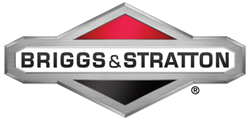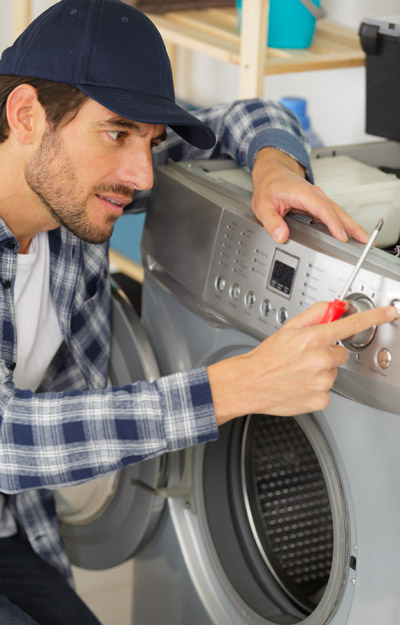Make sure you haven't got the discount earlier.

How to Put a Lock on a Refrigerator
Putting a lock on your fridge is completely legal, and is done to keep kids and elderly family members safe. However, they're not to be used as a means of diet restriction. This article will dive into the three main types of fridge locks—padlock, combination, and strap locks—providing easy-to-follow advice on how to select, install, and maintain the right one for your home.
Can You Put a Lock on a Refrigerator?
Many people put locks on their fridges to keep their family safe. For households bustling with the energy of young ones or providing care for elderly family members, the kitchen can be a place of curiosity and potential hazards. Refrigerator locks act as a first line of defense against various dangers.
- Young kids can accidentally climb inside a fridge, a rare but serious risk. Children may also unknowingly reach for things like prescription medicine or alcoholic beverages.
- Elderly family members, particularly those with conditions like dementia or Alzheimer's, might accidentally consume spoiled food or misplace non-food items in the fridge.
It's important to note that refrigerator locks should not be used as a tool for diet management. Restricting access to food as a means of diet control can lead to unhealthy relationships with food and eating behaviors, especially in children. Fostering an environment that encourages healthy eating is a more effective approach. Here are some alternative solutions to consider:
- Mindful Grocery Shopping: Avoid purchasing unhealthy or tempting items and focus on stocking your kitchen with nutritious foods.
- Meal Planning and Preparation: Plan and prepare meals in advance. This helps ensure a balanced diet and reduces the tendency to opt for junk food.
- Setting Eating Schedules: Having fixed meal times can reduce random snacking. If everyone knows when to expect meals and snacks, they are less likely to eat out of boredom or impulse.
- Counseling or Dietician Consultation: For more challenging dietary management issues, professional advice from a nutrition expert or counselor can offer individualized strategies and support.
Types of Locks for a Refrigerator
Choosing the right lock for your fridge is essential, as the market offers a variety of locks, each suited for different needs. There are three main types of locks:
- Padlock Locks: These traditional locks are well-known for their sturdiness. The downside is they require a key, which might be a problem if you're prone to misplacing things. Some homeowners might also find them less aesthetically pleasing.
- Combination Locks: Perfect for those who'd rather not bother with keys, combination locks secure your fridge with a numeric code. They strike a nice balance between security and convenience, but be careful not to forget the code. They might also cost a bit more than simple padlocks.
- Strap or Latch Locks: Made with a flexible strap or latch and strong adhesive, these locks are designed to be unobtrusive and child-friendly. They're generally easier to install and use but might not provide as much security against determined efforts to open them. They're great for keeping little ones out, but might not be as effective against adults or older kids. The adhesive also wears out over time.
How to Choose the Right Lock for a Refrigerator
When it comes to picking out a fridge lock, there are a few key factors to keep in mind:
- Type of Refrigerator: The kind of fridge you have matters. Whether it's a single door or a fancy French door, each style might need a different type of lock. Make sure the lock you choose fits well with your fridge's design.
- Security Level: Assess your security needs. For child safety, a basic strap lock might be enough. If you need more security, consider a padlock or combination lock.
- Installation Ease: Some people prefer locks that are simple to install and remove, like strap locks. Others might want a more permanent fixture.
- Aesthetics: The look of the lock can also be important. Choose one that matches well with your kitchen's style.
How to Put a Lock on a Refrigerator
Installing a refrigerator lock is often straightforward. Each lock generally comes with detailed instructions, and the installation typically requires only basic tools like a screwdriver. Here's a general guide:
- Always start by thoroughly reading the provided instructions, taking the time to understand each step and any specific requirements or precautions.
- Gather the necessary tools.
- Before installation, clean the area of the fridge where the lock will be placed.
- Follow the instructions to attach the lock, whether it involves adhering a strap, positioning a padlock, or setting a combination.
- Once installed, test the lock multiple times to ensure it functions correctly and provides the desired security.
How to Maintain a Lock on a Refrigerator
To ensure the longevity and effectiveness of your refrigerator lock, regular maintenance is key.
- Regular Inspection: Periodically check the lock for any signs of wear, damage, or loosening. For locks that use adhesive, check the adhesive pads to ensure they are still securely attached. Replace them if they begin to wear out.
- Lubrication: For key-based locks, apply a small amount of lubricant like WD-40 every few months or as needed to maintain smooth operation.
- Key Management: For locks with keys, develop a system for storing keys where they are safe but accessible. Consider using a designated spot or a key ring for convenience.
To find more ways to make your home safer and more efficient, check out our helpful how-to guides. Identify common appliance problems, clear error codes, and replace parts with ease, all just a click away.





























